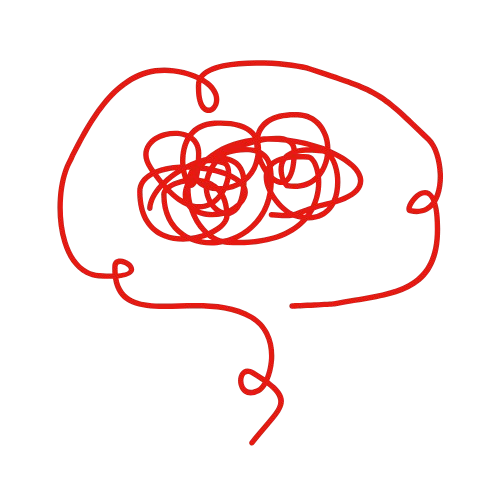- Published on
Mastering the Art of Mindful Conversations: A Step-by-Step Guide
- Authors

- Name
- Mindmire
- @Md_Khokon_Mia
Previous Article
Mastering the Art of Mindful Conversations: A Step-by-Step Guide
In our fast-paced world, conversations often become superficial exchanges rather than meaningful interactions. The challenge lies in navigating distractions and stresses that prevent us from truly connecting. This guide is your roadmap to transforming everyday conversations into mindful dialogues that foster deep understanding and meaningful relationships.
What You'll Learn
By following this guide, you'll master the art of mindful conversations. You'll learn how to stay present, listen actively, and respond thoughtfully. The process will help you build stronger connections, reduce misunderstandings, and create a more harmonious environment in both personal and professional settings.
Step 1: Set Your Intention
Before entering any conversation, take a moment to set a clear intention. Ask yourself, "What do I hope to achieve with this exchange?" This clarity will guide your interactions and keep you focused.
Tools and Techniques:
- Use a journal to jot down your intention before important conversations.
- Practice a brief meditation to center yourself and align with your goal.
Step 2: Cultivate Presence
Being present means giving your full attention to the person speaking. This requires minimizing distractions and focusing on the moment.
Tools and Techniques:
- Turn off notifications on your devices to eliminate interruptions.
- Practice deep breathing to anchor yourself in the here and now.
Step 3: Listen Actively
Active listening is about genuinely understanding the speaker's message rather than just waiting for your turn to talk.
Tools and Techniques:
- Maintain eye contact and nod occasionally to show engagement.
- Paraphrase what has been said to confirm understanding.
Step 4: Respond Thoughtfully
Thoughtful responses are key to mindful conversations. They show that you've listened and considered the speaker's words carefully.
Tools and Techniques:
- Take a brief pause before responding to ensure your reply is considerate.
- Use "I" statements to express your perspective without sounding confrontational.
Addressing Common Challenges
Challenge: Feeling Distracted
Solution: If you find your mind wandering, gently bring your focus back to the conversation by repeating a keyword from the discussion silently to yourself.
Challenge: Emotional Reactions
Solution: When emotions run high, take a deep breath and silently count to five before responding. This pause can prevent reactive responses.
Example in Action
Consider a workplace scenario where a colleague approaches you with feedback. Before the meeting, you set an intention to understand their perspective fully. During the conversation, you maintain eye contact, minimize distractions, and use active listening techniques. As a result, your response is thoughtful, and you reach a mutual understanding, strengthening your professional relationship.
Next Steps
To continue refining your skills, practice mindful conversations in low-stakes environments, such as with friends or family. Gradually introduce these techniques into more challenging scenarios. Keep a journal to reflect on your progress and identify areas for improvement.
By mastering mindful conversations, you empower yourself to create deeper connections and foster positive interactions in all areas of life. Embrace this practice as a valuable tool for personal development and mindfulness.